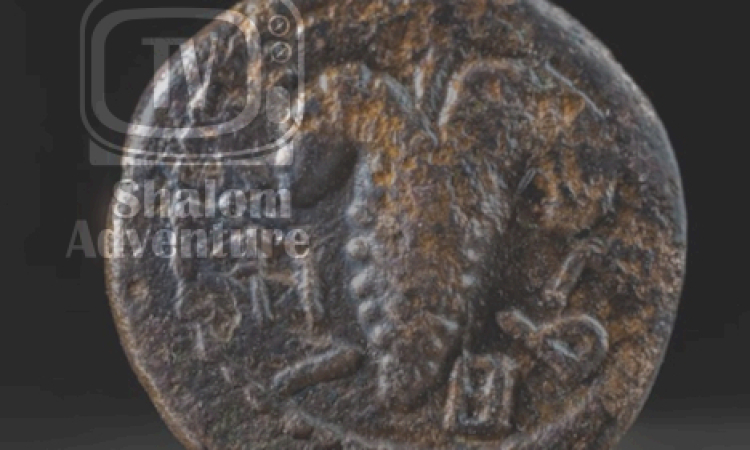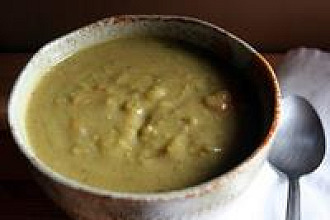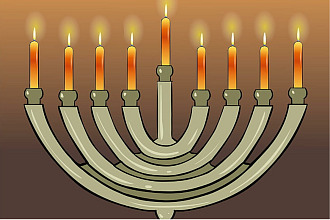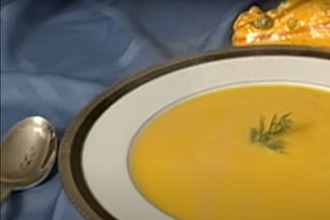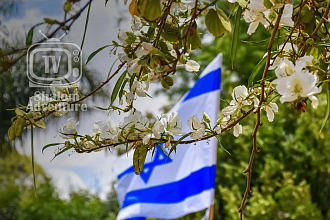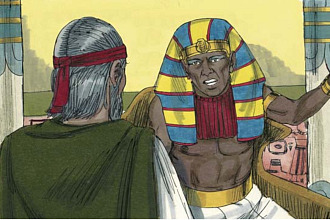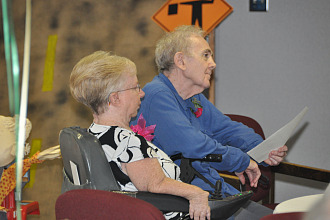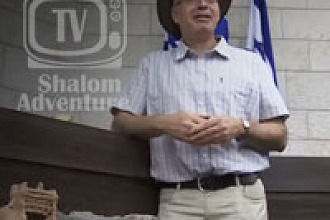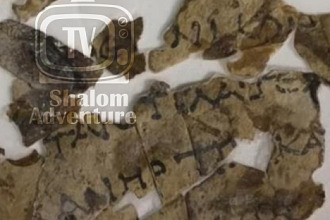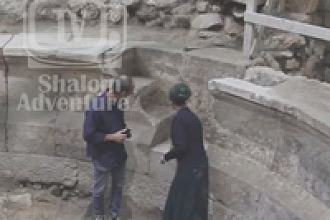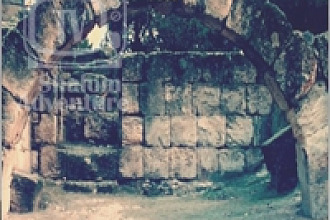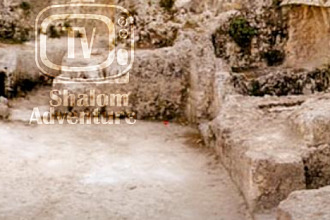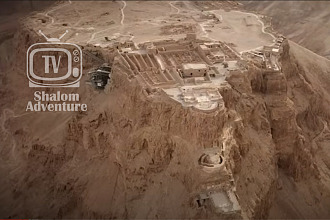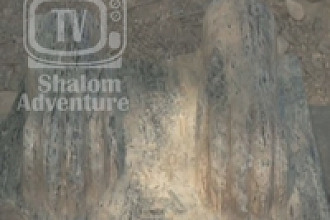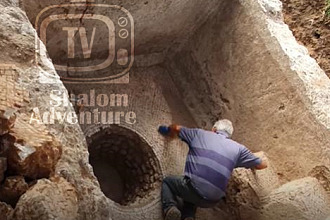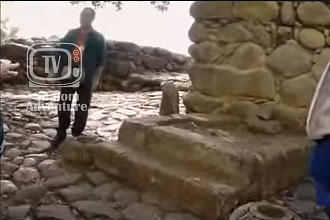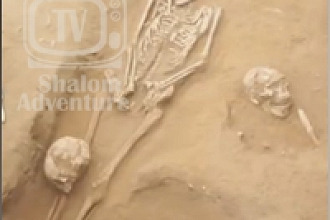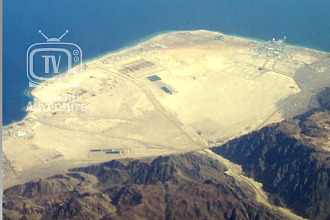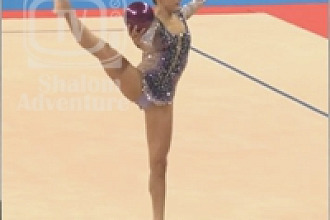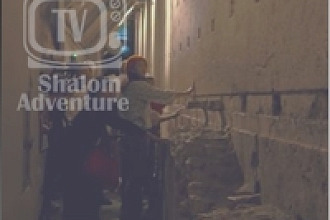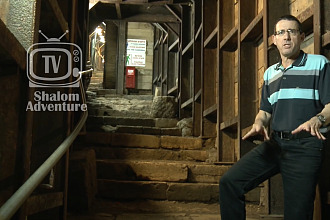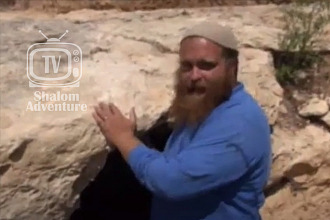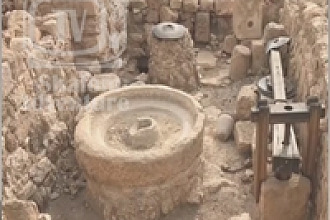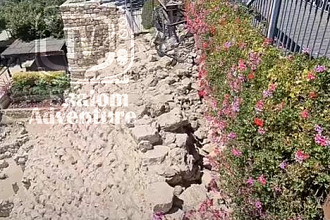Archaeological excavations by the Israel Antiquities Authority in the William Davidson Archaeological Park and funded by the Ir David Foundation unearthed an ancient bronze coin bearing the inscription, “Year Two of the Freedom of Israel,” and the engraving of a palm tree and the word “Jerusalem” on the other side of the coin.
“Coins from the period of the Bar Kokhba Revolt, which declared the rebels’ purpose - to liberate Jerusalem from Roman occupation after the destruction of the city - are well-known in archeology,” said Dr. Donald Tzvi Ariel, Head of the Israel Antiquities Authority Coin Department.
“Discovering such coins helps archaeologists map out the revolt, which took place approximately 1,900 years ago. It is interesting to note that the rebels minted these revolt coins on Roman regime coins with stripped or damaged faces, possibly out of defiance of the Roman occupation. The revolt coins featured the Temple facade, trumpets, a harp/violin, as well as the inscriptions: ‘Redemption of Israel’ and ‘Freedom of Israel.’”
This coin is believed to be the only coin with the actual name of “Jerusalem” ever uncovered from the Bar Kokhba period of history (circa 132 CE). The excavation site was located between the Temple Mount and the City of David.
Out of over 22,000 coins excavated from this geographical area, only four are believed to be from the Bar Kokhba era.
“The establishment of the Roman city and the construction of an idolatrous temple in place of the Jewish Temple, in addition to restrictive religious decrees, distressed the Jewish population that had remained in Judea,” researchers elaborated. “This launched a widespread revolt against the Roman government under the leadership of Shimon Ben-Kosiba, known as Bar Kokhba.”
“The revolt ended with the destruction of hundreds of Jewish communities and villages that took part in the revolt. However, Bar Kokhba remains etched into the memory of the Jewish nation as a historical hero.”
Written by Erin Parfet

